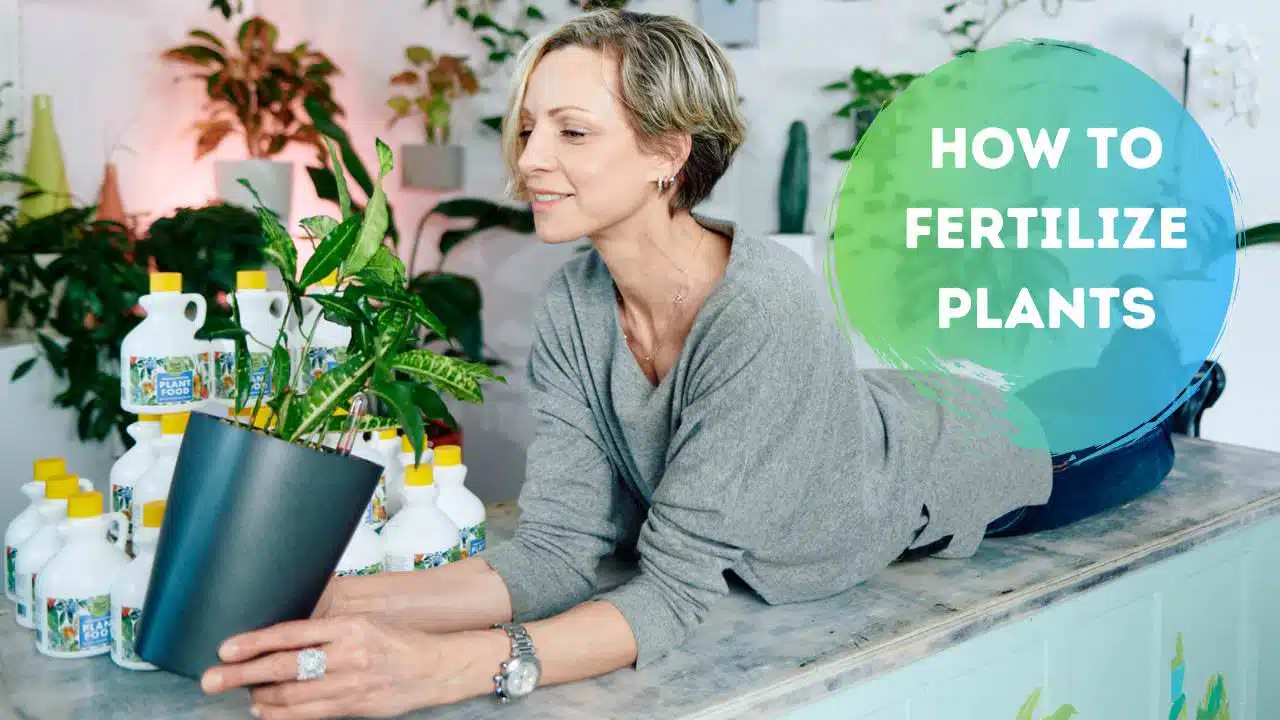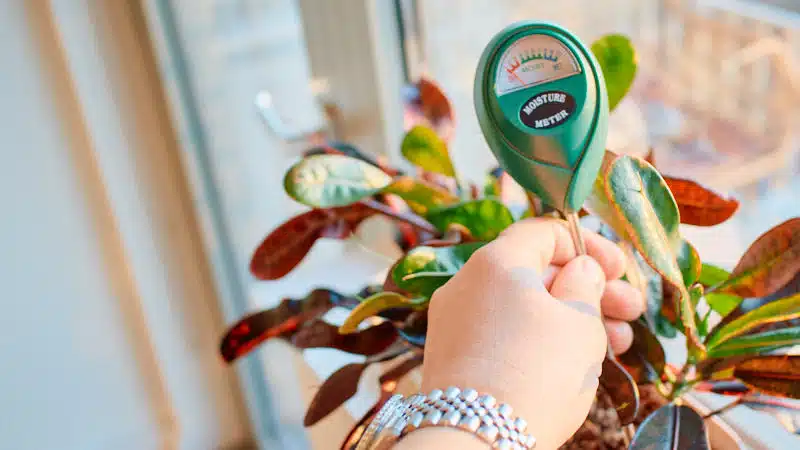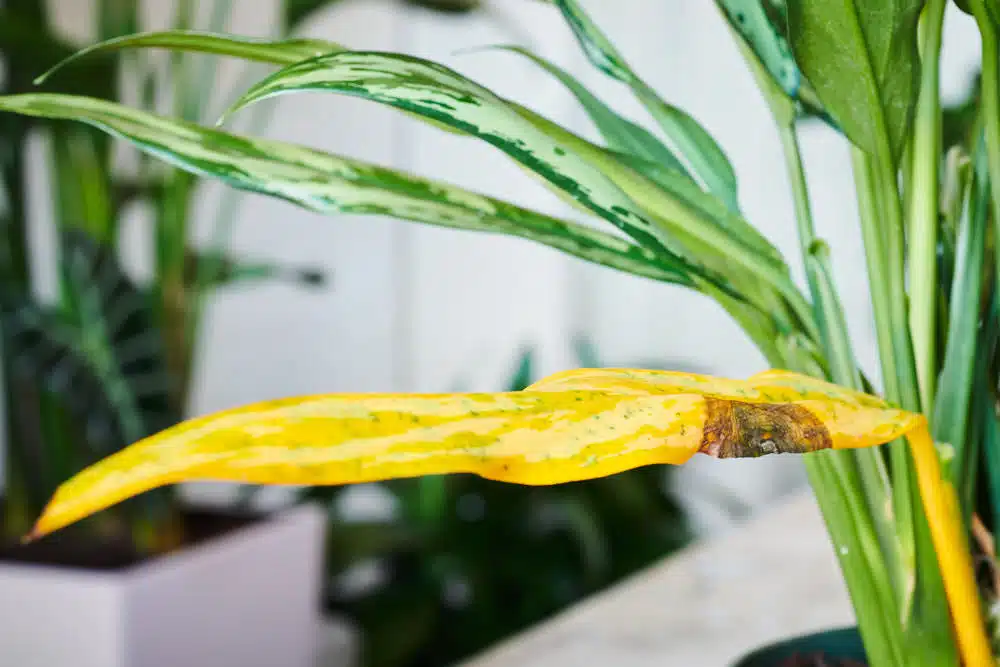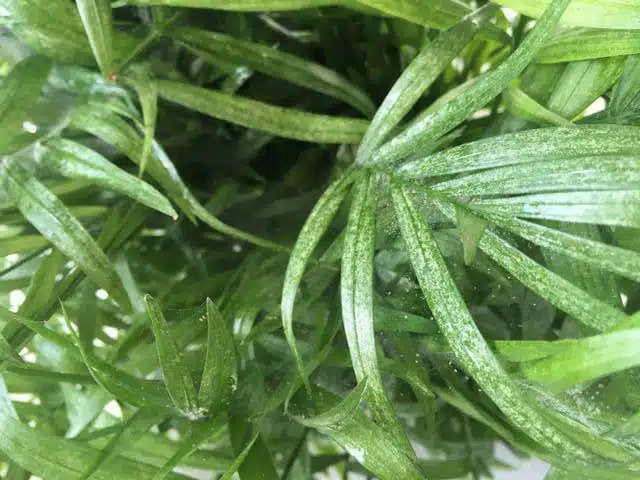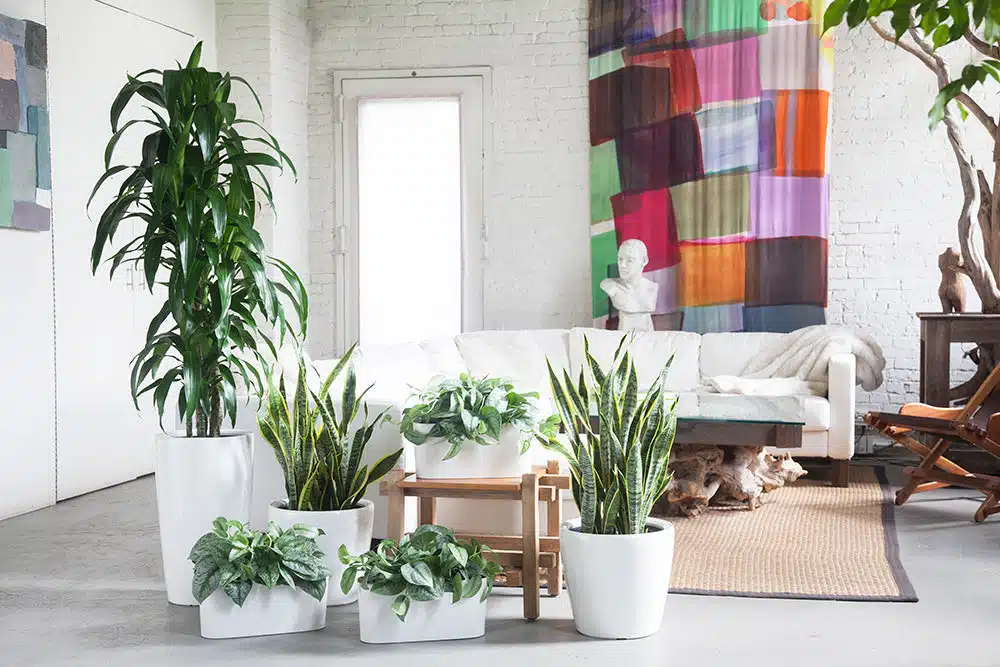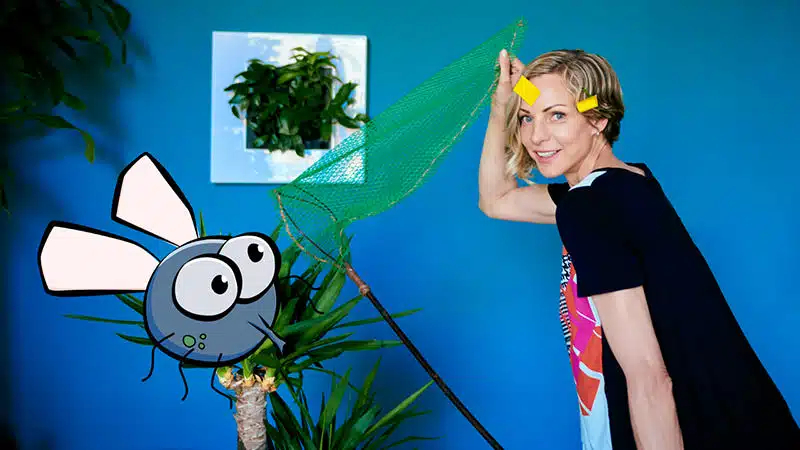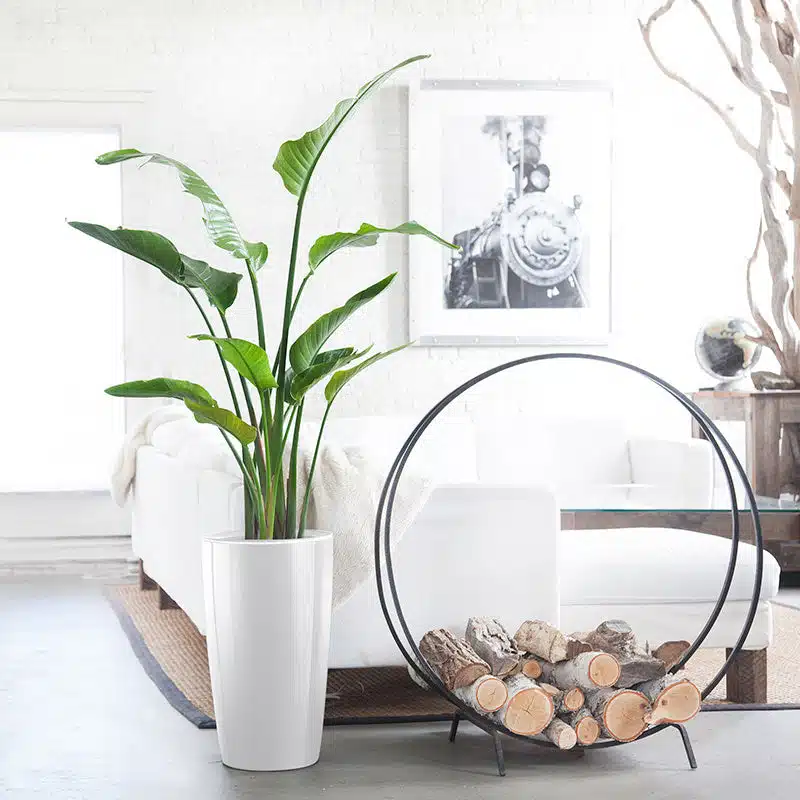If you’re a proud owner of a rubber plant, you know how rewarding it can be to watch it thrive. However, pesky pests can quickly turn that joy into frustration. In this guide, I’m going to show you how to protect your rubber plant from pests effectively, focusing on the use of neem oil. With the right steps, you can keep your plant healthy and pest-free!
Step 1: Understanding the Threat of Pests 🐛
Before diving into prevention techniques, it’s crucial to understand what pests might threaten your rubber plant. Common culprits include:
- Aphids: Tiny sap-sucking insects that can cause leaves to curl and yellow.
- Spider Mites: These are difficult to see but can leave fine webs and cause leaf discoloration.
- Mealybugs: These look like small cotton balls and can severely weaken your plant.
- Scale: These pests attach themselves to stems and leaves, sucking out sap and leaving behind a sticky residue.
Knowing which pests to look out for will help you act quickly if you notice any signs of infestation.
Step 2: Preparing Your Neem Oil Solution 🌿
Neem oil is a natural repellent effective against many common pests. Here’s how to prepare your neem oil solution:
- Start with 1-2 teaspoons of pure neem oil.
- Add it to 1 liter of water.
- Incorporate 1 teaspoon of liquid soap to help emulsify the oil.
- Mix thoroughly until the solution is well combined.
This mixture will be your go-to solution for keeping pests at bay. Always remember to mix fresh batches as needed, as neem oil loses potency over time.
Step 3: Applying Neem Oil to Your Rubber Plant 🌧️

Once your neem oil solution is ready, it’s time to apply it to your rubber plant. Follow these steps for optimal results:
- Frequency: Spray your rubber plant every two weeks, especially during spring and summer when pests are most active.
- Application: Lightly mist the leaves, ensuring you cover both the tops and undersides. Pests often hide underneath the leaves.
- Stem and Soil: Don’t forget to spray the stem and a little bit of the topsoil. This helps to eliminate any pests that may be lurking.
Make sure to support the leaves while spraying to avoid damaging them. A gentle hand goes a long way!
Step 4: Cleaning Up After Application 🧼
After applying neem oil, it’s essential to clean up the area around your rubber plant. Here’s what to do:
- Wipe down the pot and the surface where your plant sits to remove any excess oil residue.
- Ensure that no neem oil remains on the leaves or the surrounding area, as it can attract dust and create a sticky environment.
A clean environment is key to preventing future infestations!
Step 5: Monitoring Your Plant for Pests 👀
After you’ve applied neem oil, keep an eye on your rubber plant. Regular monitoring can help catch any pest issues before they escalate. Here’s what to look for:
- Check for any signs of new pests or damage on leaves.
- Look for webs or sticky residue that could indicate pest presence.
- Inspect both sides of the leaves regularly.
Early detection is crucial in managing pest problems effectively.
Step 6: Additional Pest Prevention Tips 🛡️
While neem oil is a powerful tool, there are other strategies you can implement to further protect your rubber plant:
- Isolation: When bringing home new plants, isolate them for a few weeks to ensure they don’t introduce pests to your existing plants.
- Regular Cleaning: Wipe down leaves with a damp cloth to remove dust and potential pests.
- Healthy Environment: Maintain optimal growing conditions (light, humidity, and watering) to keep your rubber plant strong and resilient against pests.
Step 7: What to Do If Infestation Occurs 🚨
If you notice a severe infestation despite your preventative measures, don’t panic. Here’s what to do:
- Quarantine: Move the affected plant away from others to prevent the spread of pests.
- Intensive Treatment: Increase the frequency of neem oil applications, spraying every 3-4 days until you see improvement.
- Consider Repotting: If the infestation is severe, consider repotting your rubber plant with fresh soil to remove any pests hiding in the soil.
Taking swift action can save your rubber plant from serious damage.
FAQ: Common Questions About Protecting Rubber Plants from Pests ❓
How often should I apply neem oil to my rubber plant?
You should apply neem oil every 2 – 3 weeks for preventative measures and increase to every 3-4 days if you notice an infestation.
Can I use neem oil on other plants?
Yes, neem oil is safe for most indoor and outdoor plants, making it a versatile pest control solution.
Is neem oil safe for pets?
Neem oil is generally considered safe for pets when used as directed. However, it’s always best to keep pets away from freshly treated plants until the solution has dried.
What should I do if my rubber plant is heavily infested?
If your rubber plant is heavily infested, isolate it, increase neem oil applications, and consider repotting with fresh soil.
Can I make homemade neem oil spray?
Yes, you can make your own neem oil spray by mixing pure neem oil with water and a mild dish soap, as described in this guide.
By following these steps on how to protect your rubber plant from pests, you can ensure it remains a vibrant, healthy part of your home. Remember, prevention is key, but if an infestation occurs, quick action will help you reclaim your plant’s health!
More Rubber Plant Care Tips:




